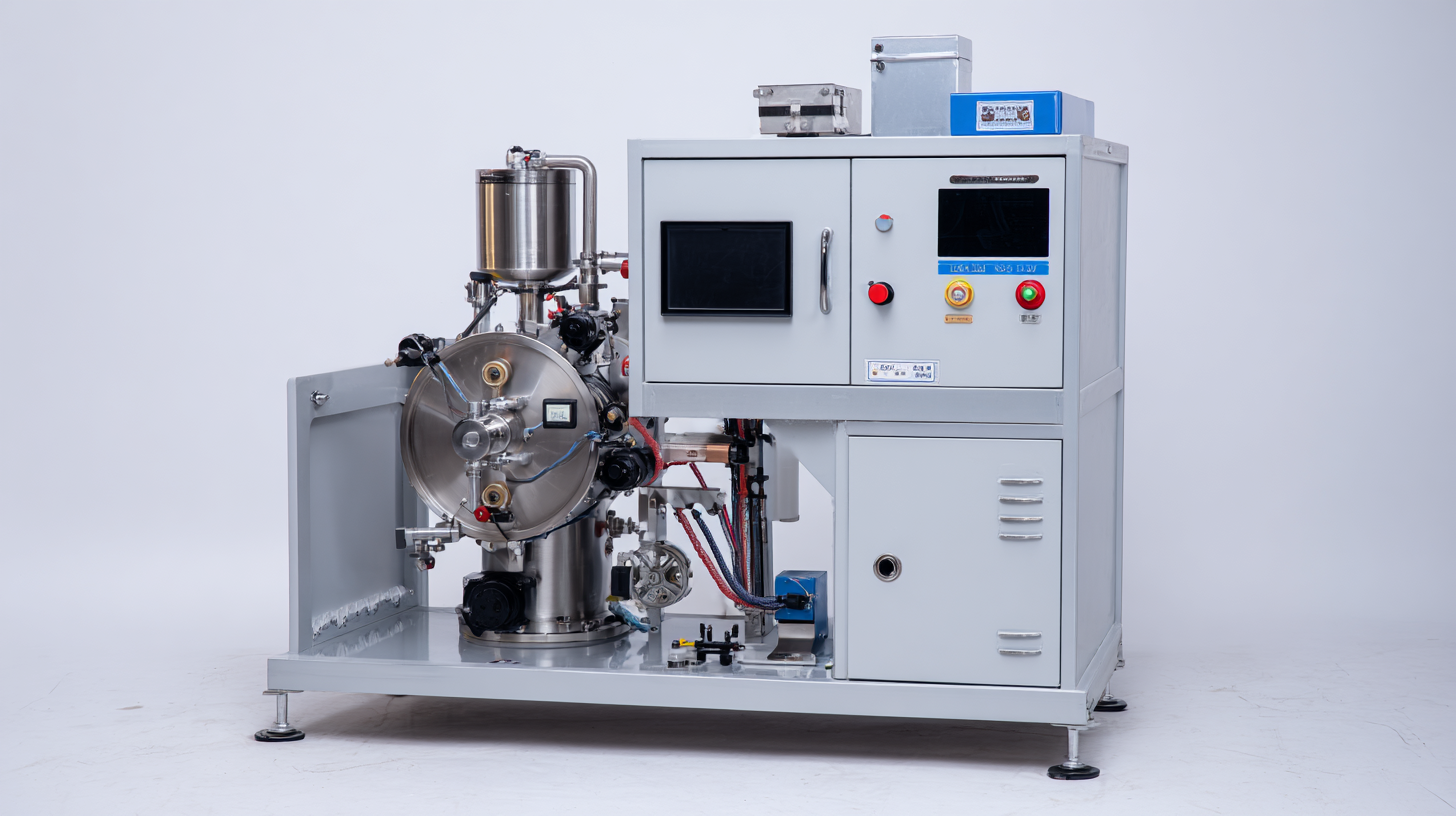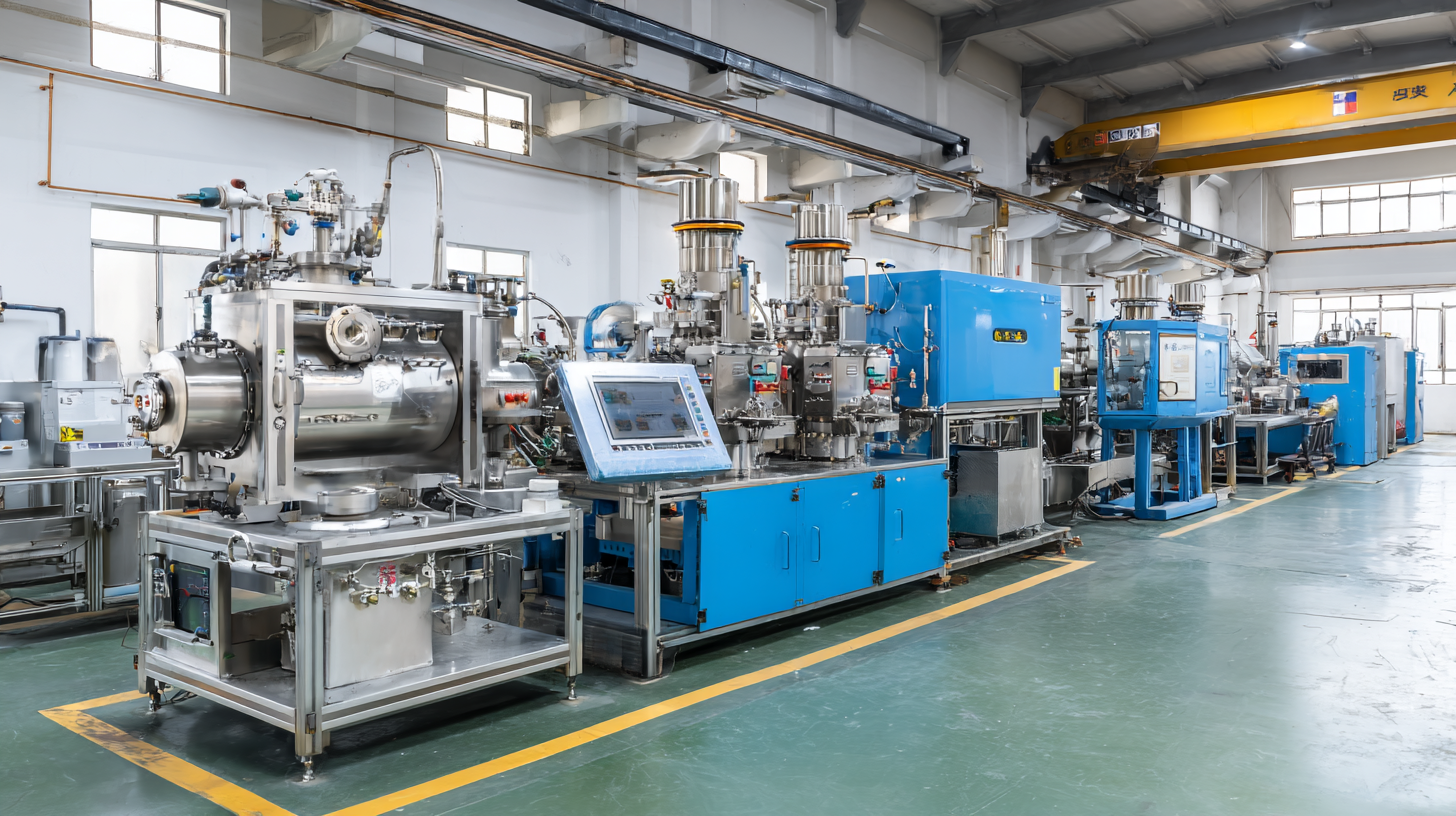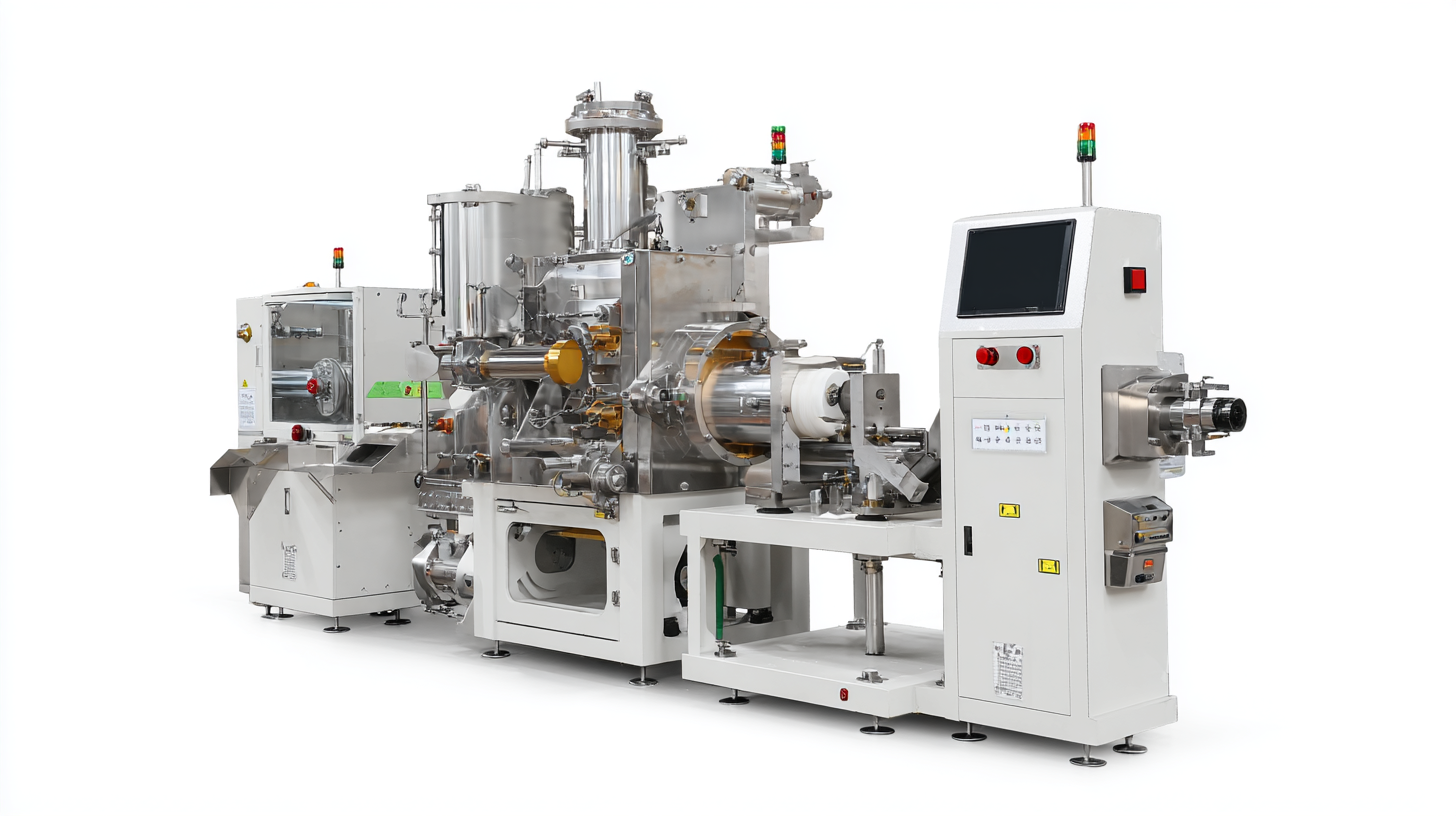
In the ever-evolving landscape of manufacturing, small coating machines have emerged as vital tools for enhancing product quality and efficiency across various industries. According to a recent market analysis by Research and Markets, the global small coating machine market is projected to grow at a CAGR of 6.5% from 2021 to 2028, driven by increasing demands for precision coating solutions in sectors such as electronics, automotive, and medical devices. As global buyers navigate the complexities of choosing the best small coating machines, it is essential to understand the significance of export and import certifications that not only ensure compliance with international standards but also guarantee product reliability. This ultimate guide aims to provide a comprehensive comparison of the best small coating machines available, highlighting crucial factors that influence decision-making for manufacturers and suppliers alike.

When considering small coating machines for global markets, several key factors come into play. First and foremost, understanding the specific requirements of the target market is essential. Different regions may have varying standards and regulations regarding manufacturing processes, coating materials, and environmental impact. Buyers must ensure that the coating machines they choose comply with local regulations to avoid legal complications and ensure market acceptance.
Another critical consideration is the versatility of the machine. Global buyers should look for small coating machines that can handle a range of materials and coating applications. This adaptability can greatly enhance production efficiency and open new market opportunities. Additionally, the machine's ease of use and maintenance is fundamental; operators should be able to quickly learn how to use the equipment effectively, reducing downtime and staff training costs. By prioritizing these factors, buyers can make informed decisions that align with the dynamic demands of the global market.
 When it comes to purchasing small coating machines, buyers worldwide often encounter a range of common issues that can significantly impact their decision-making process. According to a report by MarketsandMarkets, the global small coating machine market is projected to grow at a CAGR of 5.3% from 2021 to 2026, indicating increasing demand. However, many buyers struggle with understanding the technical specifications and functionalities of these machines, which can lead to the purchase of inadequately equipped equipment for their specific needs.
When it comes to purchasing small coating machines, buyers worldwide often encounter a range of common issues that can significantly impact their decision-making process. According to a report by MarketsandMarkets, the global small coating machine market is projected to grow at a CAGR of 5.3% from 2021 to 2026, indicating increasing demand. However, many buyers struggle with understanding the technical specifications and functionalities of these machines, which can lead to the purchase of inadequately equipped equipment for their specific needs.
One prevalent issue is compatibility with existing production lines. Buyers frequently overlook the importance of checking whether the new machine can integrate seamlessly with their current setup, which can result in costly downtimes. Additionally, after-sales service is a critical factor, as highlighted in a survey by Statista, where 62% of small manufacturers reported dissatisfaction with the support received post-purchase.
Tip: Before finalizing a purchase, consider asking for a demonstration or trial period. This strategy can help you gauge the machine's performance and ensure it fits your operational requirements.
Another common challenge is the evaluation of the machine's energy efficiency. The U.S. Department of Energy states that energy-efficient machines can reduce operational costs by up to 30%, a crucial factor for budget-conscious buyers.
Tip: Look for machines that come with energy certification labels or inquire about their energy consumption rates to make a more informed choice. By addressing these common issues, buyers can streamline their purchasing process and invest in a coating machine that truly meets their needs.
When evaluating small coating machines, buyers face various challenges that can impact their operational efficiency and product quality. A recent market analysis indicates that the global small coating machines market was valued at approximately $3 billion in 2023 and is projected to grow at a CAGR of 5.2% through 2030. This robust growth is largely driven by rising demand in industries such as pharmaceuticals and food processing, where precise coating applications are essential. However, buyers must navigate common obstacles, including the selection of appropriate machines that align with specific coating requirements, as the technological features can vary significantly among manufacturers.
Moreover, it is crucial to consider the compatibility of small coating machines with existing production processes. For instance, according to a report by Grand View Research, over 30% of manufacturing inefficiencies stem from faulty machine integration, emphasizing the need for a thorough evaluation of equipment dynamics. Additionally, challenges related to maintenance and operation costs cannot be overlooked, as they may affect long-term investment returns. By understanding these dynamics and analyzing the strengths and weaknesses of various machines, global buyers can make informed decisions that enhance productivity and minimize potential challenges in their coating operations.
| Model | Coating Type | Max Output (L/hr) | Weight (kg) | Power (kW) | Price Range (USD) |
|---|---|---|---|---|---|
| Model A | Powder Coating | 20 | 75 | 5 | 2,500 - 3,000 |
| Model B | Liquid Coating | 30 | 85 | 7 | 3,000 - 3,500 |
| Model C | Ceramic Coating | 15 | 65 | 6 | 2,000 - 2,500 |
| Model D | Electrostatic Coating | 25 | 90 | 8 | 4,000 - 4,500 |
| Model E | UV Coating | 10 | 50 | 4 | 1,500 - 2,000 |
The global coating market has been exhibiting remarkable growth across various segments, including roofing materials. With a wide range of coating types such as asphalt, elastomeric, and acrylic, each offers distinct performance qualities and durability factors. For roofing coatings, the choice of material greatly impacts longevity and resistance to environmental challenges, including UV exposure, moisture, and extreme temperatures. As such, contractors and consumers must carefully evaluate the performance issues associated with different coatings to select the most suitable option.
In addition to roofing applications, other sectors such as automotive and aerospace heavily rely on specialized coatings, including phosphate conversion coatings and optical coatings. The phosphate conversion coating market, for instance, is segmented by base metals and is anticipated to see significant growth, driven by its application in various end-use industries. Meanwhile, the optical coatings segment is expected to expand due to rising demands in consumer electronics and defense sectors. These trends underscore the necessity for global buyers to understand different coating types and their specific performance characteristics to make informed purchasing decisions tailored to their needs.
Coating machines are essential tools in various industries, but they often come with their own set of challenges. One common problem is the uneven application of materials, which can lead to inconsistent product quality. Innovative solutions, such as advanced spray technologies and automated control systems, have emerged to address this issue. By utilizing real-time feedback mechanisms and precision nozzles, these machines are able to deliver uniform coatings, ensuring that products meet the strict quality standards required by global buyers.

Another challenge faced by users is the maintenance and downtime associated with traditional coating machines. To combat this, manufacturers are now designing machines with easier access to key components and incorporating self-diagnostic systems. These advancements minimize the time spent on maintenance and troubleshooting, allowing businesses to maintain productivity levels. Additionally, the integration of smart technology enables predictive maintenance, helping to foresee potential failures before they occur, thus saving costs and time in the long run. By focusing on these innovative solutions, buyers can make more informed decisions, ultimately selecting coating machines that enhance efficiency and reliability in their operations.